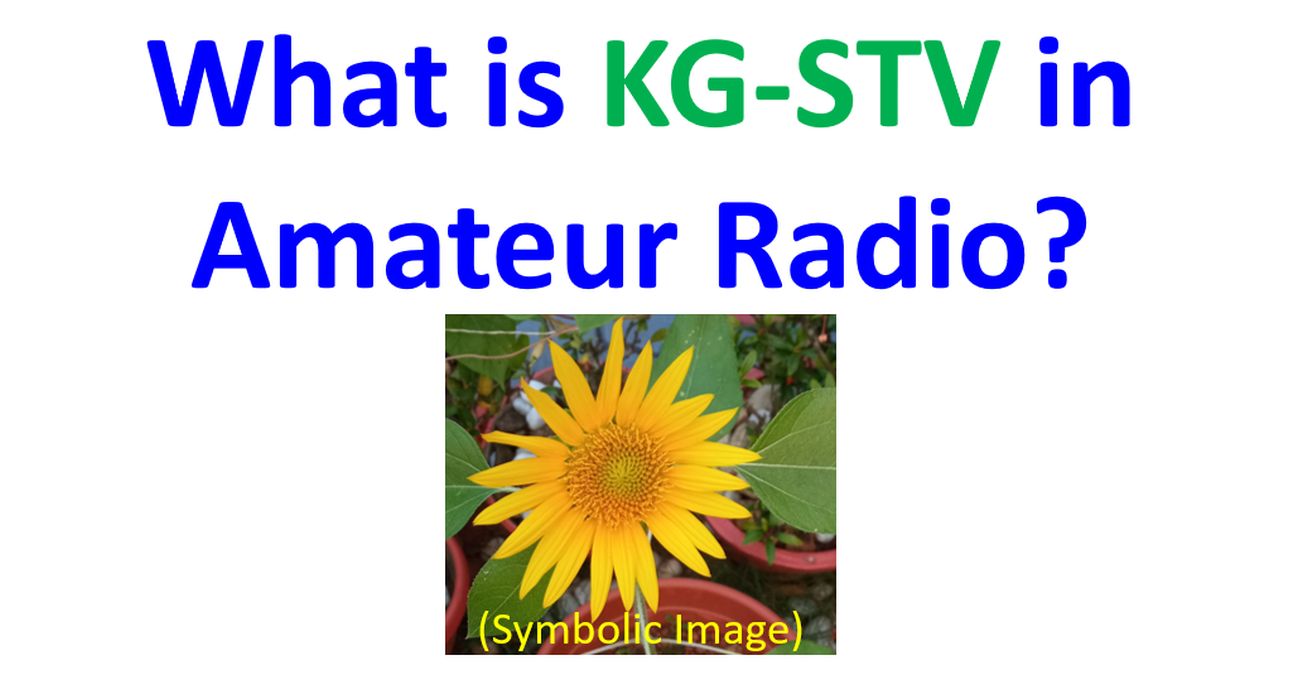What is KG-STV in Amateur Radio?
What is KG-STV in Amateur Radio?
Some of you would have heard of and seen SSTV or slow scan television in amateur radio, especially the one transmitted occasionally by the International Space Station. That is an analog version while KG-STV is a digital form of slow scan television, developed by JJ0OBZ. There is a software for reception and transmission, for which a link is available from the Wikipedia article on KG-STV. The software connects the radio to a personal computer. Specialty mentioned is that you do not need a dedicated modem for that. External speaker terminal, microphone terminal and PTT terminal of the radio is connected to the sound card of personal computer and RS232C. The KG-STV software compresses and digitizes the image into JPEG format and transmits as 16×16 pixel blocks. It can resend blocks which could not be received due to noise or fading of the signal. This helps in perfect reproduction of the image.

KG-STV transmission can be seen on amateur SSTV bands at 3733 kHz, 7173 kHz, 14,233 kHz and 10,489,625 kHz as per the Wikipedia article. There is also a WebSDR by IS0GRB for Qatar Oscar 100 geostationary amateur radio satellite at http://websdr.is0grb.it:8901/ which also displays the KG-STV images received on 10,489,625 kHz, QO 100 downlink. I could see some images sent by VU Hams also on that page, thanks to VU2SAA for sending me the link to that WebSDR for QO 100! In radios equipped with a waterfall display, the KG-TV signal will appear as a waterfall of about 2 kHz bandwidth. The audio output in a usual radio will be a buzzing sound like the other digital modes. The two types of digital modulations used by KG-STV are Minimum Shift-Keying (MSK) and 4-Level Frequency-Shift Keying (4LFSK).